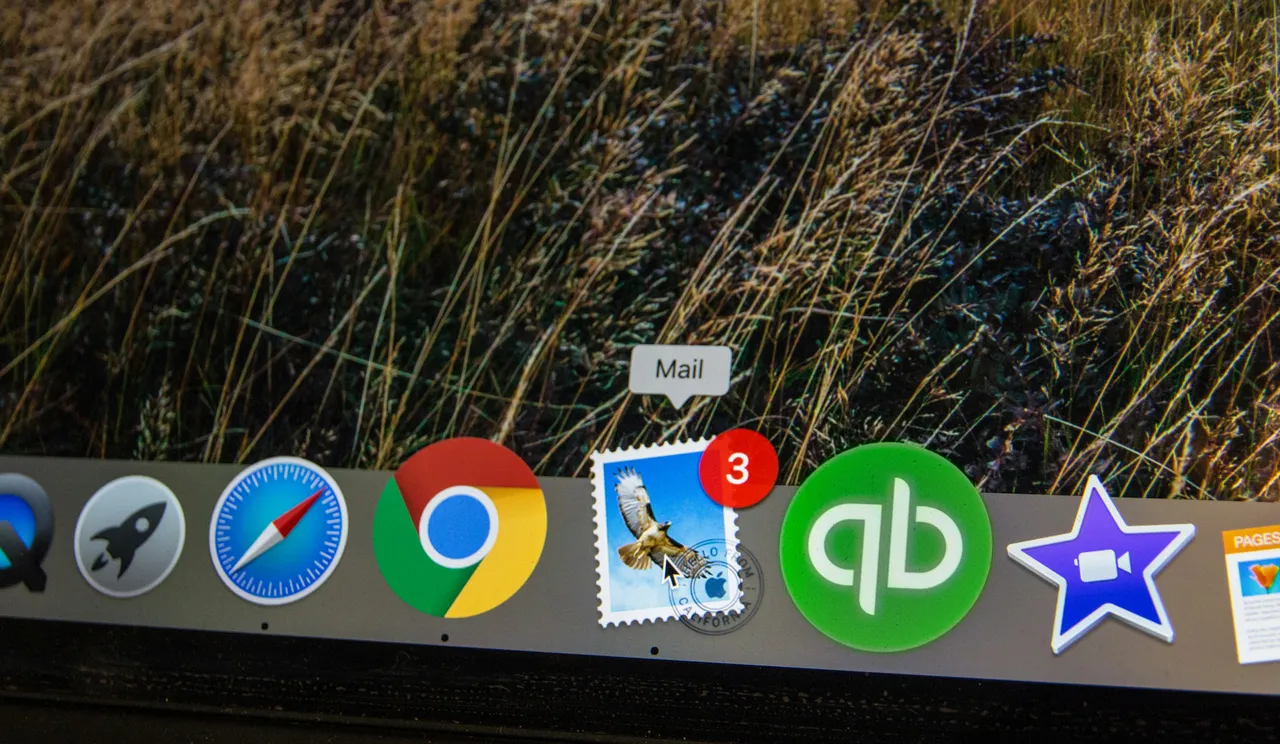The Ultimate Guide to Email Etiquette: Navigating Professional and Personal Correspondence
Mastering email etiquette is essential in our digital age, where much of our professional and personal correspondence takes place. This guide will navigate you through the best practices for email communication, ensuring you maintain professionalism and clarity in every message sent.
The Foundation of Email Etiquette
Email etiquette begins with understanding the basic principles that govern our online communications. Firstly, always consider your audience. The tone, language, and formality you use should be tailored to the person or people you are addressing. This means being more formal with new professional contacts and potentially more relaxed with colleagues you know well. Secondly, clarity is key. Ensure your emails are easy to read and understand. Use short paragraphs, bullet points, and clear subject lines that accurately reflect the content of your email.
Crafting the Perfect Subject Line
The subject line is your first impression in the recipient's inbox. It should be concise, clear, and informative, giving the recipient a good reason to open your email. Avoid vague terms and instead opt for specific descriptors that directly relate to the email’s content. For professional emails, including a brief indication of the email's purpose can also be helpful. For instance, starting the subject line with 'Request:', 'Action Needed:', or 'FYI:' can clarify your intention from the get-go.
The Art of the Email Body
Once your recipient has opened your email, the next step is to keep their attention and convey your message effectively. The first sentence of your email should hook the reader, much like the subject line, by being engaging and to the point. The body of your email should be well-structured, with a clear introduction, body, and conclusion. Use paragraphs to break up text and bold or italicize important points for emphasis. In professional emails, always remain courteous and avoid slang or overly casual language, even if you know the recipient well.
Email Sign-offs and Signatures
How you end your email is just as important as how you start it. Your sign-off should match the tone of your email. For professional emails, 'Best,' 'Regards,' or 'Sincerely' followed by your name is typically suitable. For personal emails, feel free to be more expressive or affectionate. Additionally, your email signature is an opportunity to provide the recipient with your contact information and any other relevant details, such as your job title and company. Keep it simple but informative.
Managing Professional and Personal Boundaries
In the digital age, the line between professional and personal correspondence can sometimes blur. It’s vital to maintain boundaries by using separate email accounts for personal and professional communications. This not only helps in organizing your inbox but also ensures that you maintain a professional image in your work-related communications. Additionally, be mindful of the times when you send emails. Avoid sending professional emails outside of normal working hours to respect your colleagues’ personal time.
In conclusion, email remains a crucial tool for both professional and personal communication. By following these guidelines, you can ensure your emails are effective, respectful, and clear. Remember, good email etiquette reflects well on you and can enhance your professional relationships and personal connections alike.
This article was developed using available sources and analyses through an automated process. We strive to provide accurate information, but it might contain mistakes. If you have any feedback, we'll gladly take it into account! Learn more
